Aug. 14, 2020 | , DOD News
Seventy-five years ago, the United States dropped the first atomic bomb on Hiroshima, Japan, bringing an end to a long and devastating World War II and making the Enola Gay, the B-29 that delivered it, one of the most famous in history.
It’s a plane with a huge, controversial, world-changing story to tell.
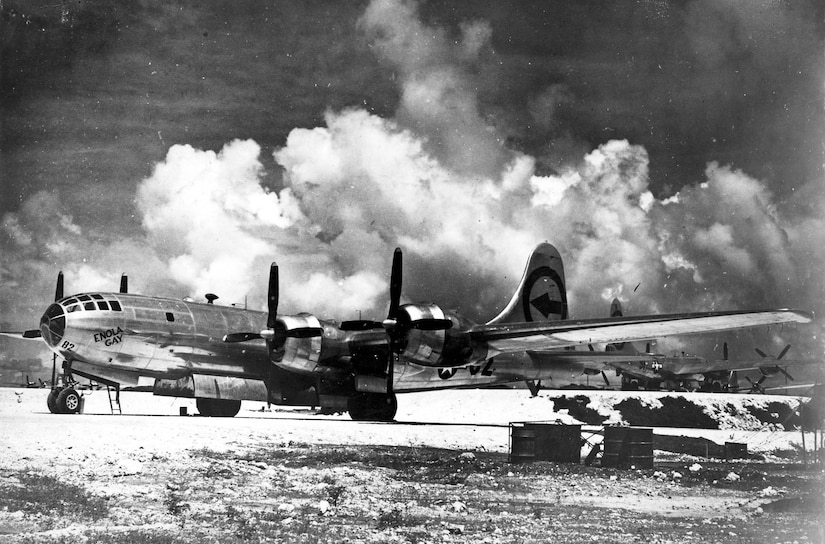
The famous B-29 Superfortress rolled off the Glenn Martin assembly line in the spring of 1945 with what was known as a "silverplate modification" specifically for the atomic mission.
"All of the armor that protects the crew was removed to save weight," said Dr. Jeremy Kinney, the Air and Space Museum’s curator of American military aviation, 1919-1945. "You have a 10,000 pound atomic bomb you have to carry, so you have to lighten the airplane."
The remote-controlled gun turrets were also taken away to increase speed. Only the tail gun position was left to defend it from enemies.
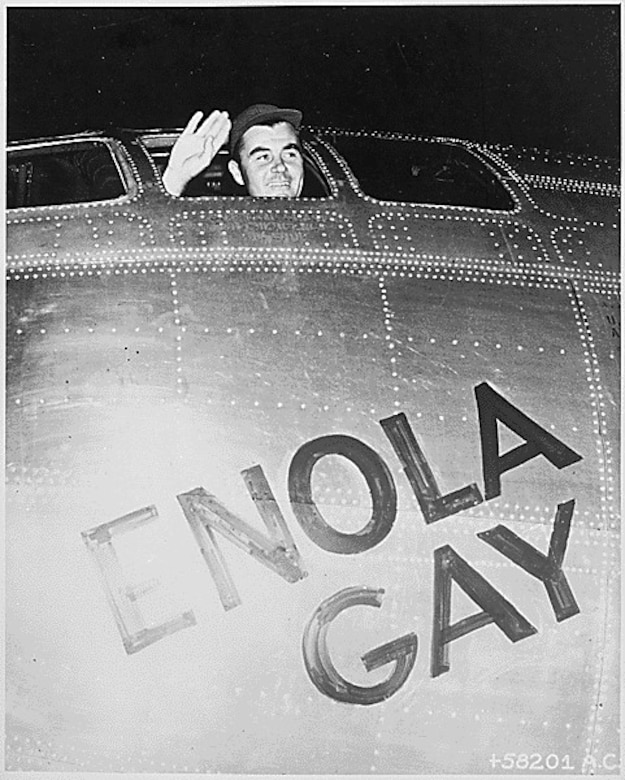
The Enola Gay, known only as No. 82 then, was flown by Army Air Forces Capt. Robert Lewis, of the 509th Composite Group, from the factory to New Mexico, then to Tinian in the Mariana Islands, where its crew practiced flight maneuvers, loading the massive bomb and dropping it. But Lewis would not end up leading the atomic mission. That role belonged to Col. Paul Tibbets Jr., the commander of the 509th. He handpicked the plane the night before the mission, to the surprise of its crew, and had his mother’s name -- Enola Gay -- painted on its side.
"There was some animosity between [Lewis and Tibbets], because … a lot of Lewis’ crew was bumped," Kinney said. "Lewis himself was bumped from command pilot to copilot."
In the early morning hours of Aug. 6, 1945, the Enola Gay took off for Hiroshima, an important Japanese military center. Around 8:15 a.m., on a calm, sunny morning, bombardier Maj. Thomas Ferebee dropped Little Boy -- a 10,000 pound, uranium-enriched bomb -- which detonated 1,800 feet above the city’s center. In one blinding flash, it leveled the heart of Hiroshima with the equivalent of 15,000 tons of TNT.
It was a moment for which none of the Enola Gay’s crew -- miles away by then, but still rocked by the blast -- was quite prepared.
"What’s horrifying about this mission is that it’s one bomber, one bomb and one city. I think that sank in with them, in the sense that you see the mushroom cloud and this firestorm and this city in ruin," Kinney said. "I don’t think they really understood it until they saw it."
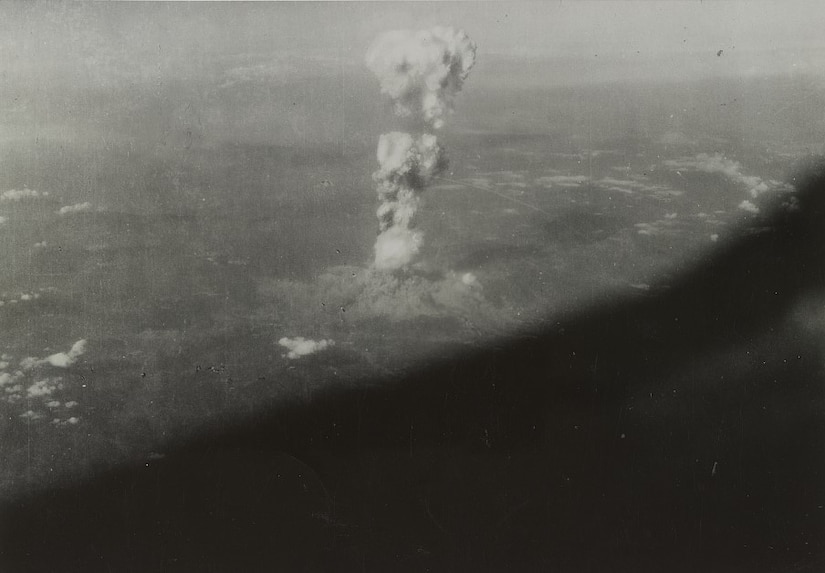
At the moment of impact, those closest to ground zero turned to char, while birds reportedly ignited in mid-air. Around 70,000 people died from the initial blast, according to the U.S. Department of Energy, while tens of thousands more perished in the coming weeks due to radiation poisoning.
The bombing brought controversy as it ushered in the nuclear age, but the crew was just doing its job, and it was clear they believed in what they did.
"[They] felt very strongly that the use of the atomic bomb ended World War II in the Pacific," Kinney said. "They recognized the loss of life and what that meant to the Japanese people, but they felt like it was necessary because they didn’t want more Americans to die in what they thought would be a bloody, long invasion [of Japan]."

The more powerful plutonium bomb known as Fat Man was dropped on Nagasaki three days later by Bockscar, another B-29. Only one member of the Hiroshima mission was on it: Lt. Jacob Beser, the radar operator who tracked both bombs as they fell.
What some don’t know is that the Enola Gay flew that mission, too.
"Usually it’s a three- to four-ship formation. Some fly ahead to check the weather to see what it’s like at the actual target, and Enola Gay was part of that for Nagasaki," Kinney said.
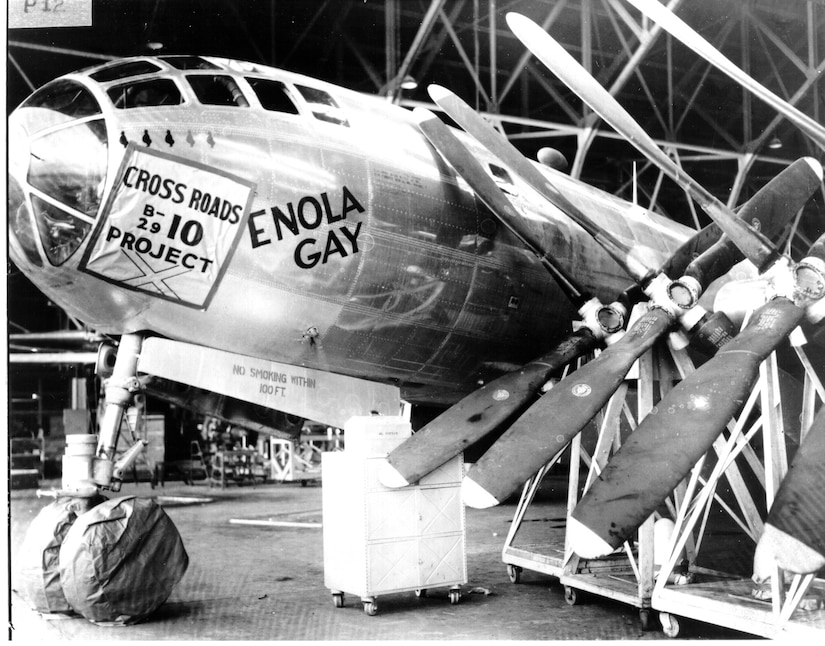
After the bombings and the war’s quick end, the Enola Gay remained with the Army Air Forces, taking part in the Bikini Atoll atomic tests before being shipped to the Smithsonian in 1960. It was then put in storage near Andrews Air Force Base in Maryland, completely disassembled.
"The wings were off. The tail was off. It was all in big pieces," Kinney said.
It sat that way until 1984, when officials finally decided to fix it up, piece by piece. It took about 10 years and 300,000 hours to restore.
"Every square inch of the duralumin surface has been polished. The engines have been completely overhauled, and the propellers," Kinney said. "It had some fat men painted under the pilots’ windows to indicate the Hiroshima, Nagasaki and Bikini missions. Those were taken off because the decision was to restore it to a particular moment [before Hiroshima]."
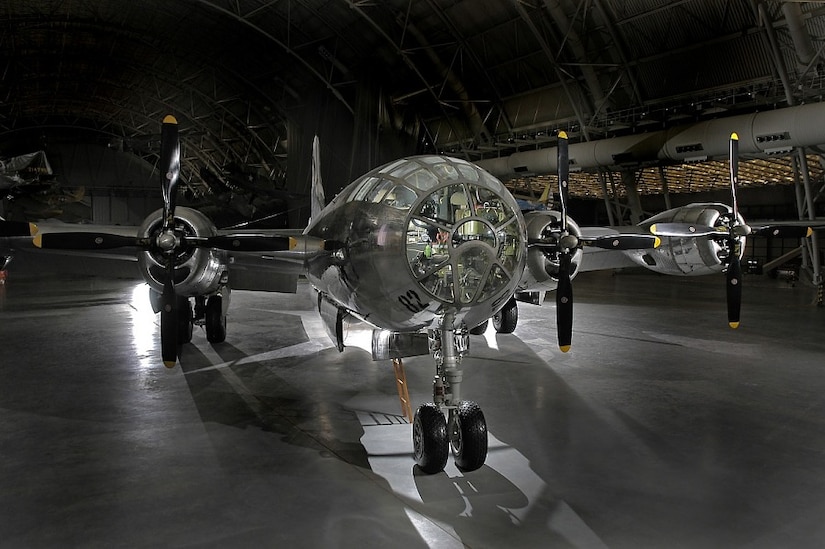
The plane wasn’t fully reassembled until 2003, when it was put on display in its full glory at the Air & Space Museum’s Udvar-Hazy Center in Chantilly, Virginia. The original painting of the words “Enola Gay” can still be seen on its side.
While no members of the crew that flew the Enola Gay remain to tell its story, the aircraft lives on for visitors.
"Enola Gay is a recognized airplane of World War II, and people want to see it," Kinney said. "They want to see the spaceship Discovery, they want to see the [SR-71] Blackbird, and they want to see the Enola Gay."

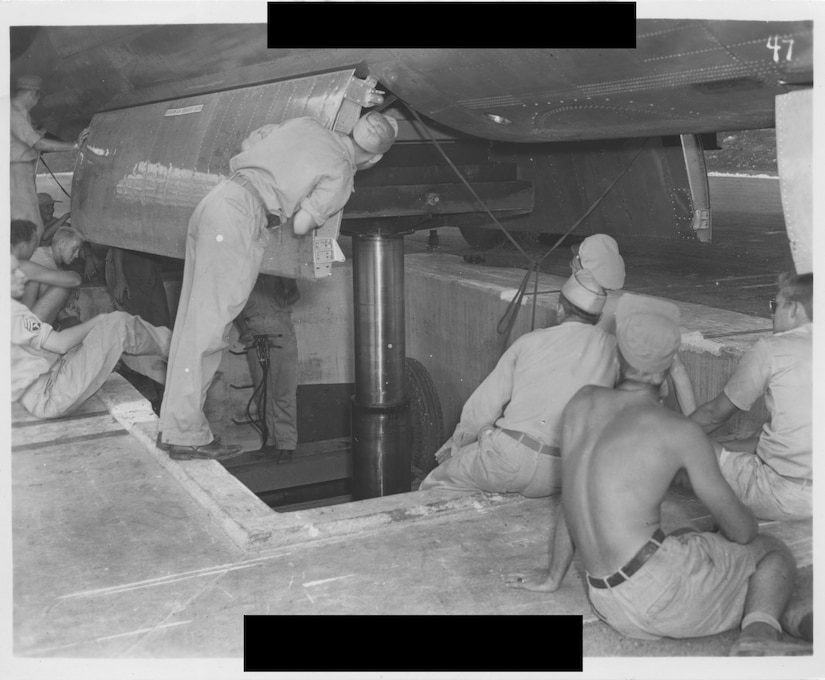
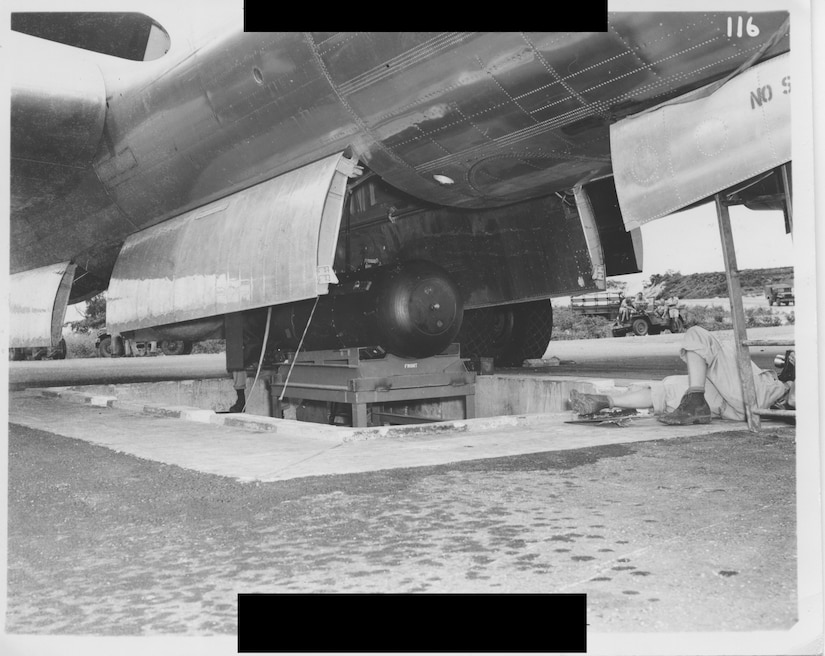
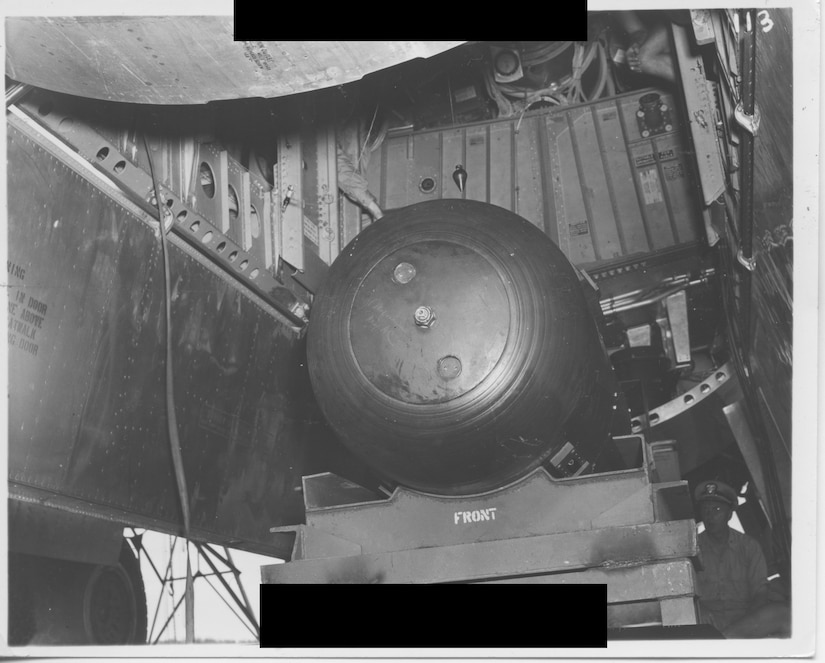





No comments:
Post a Comment